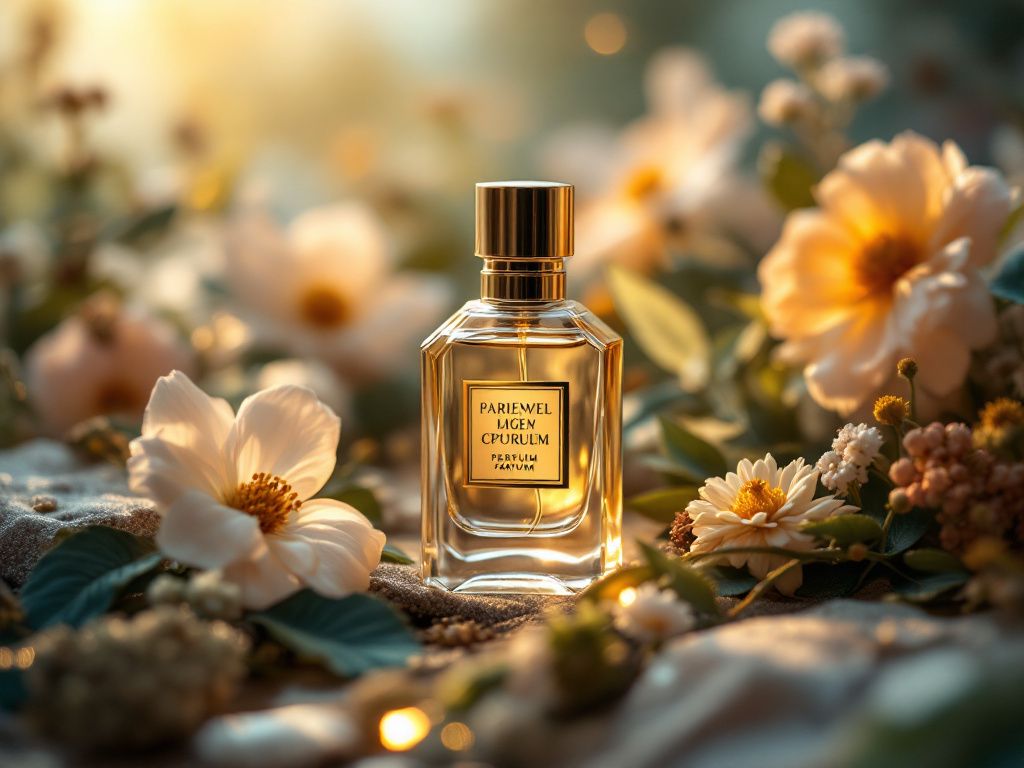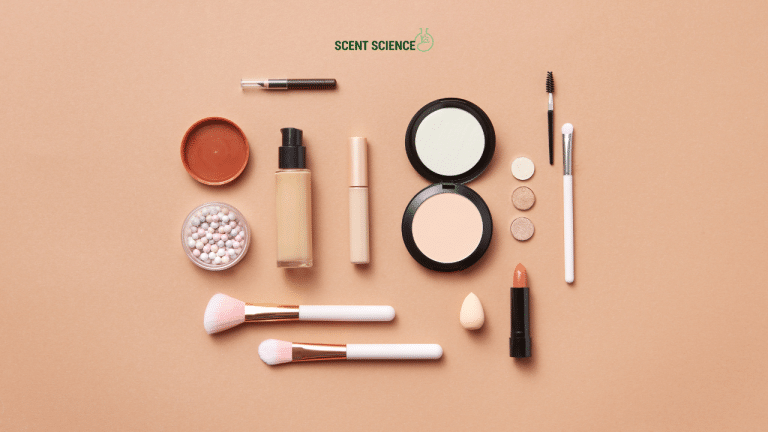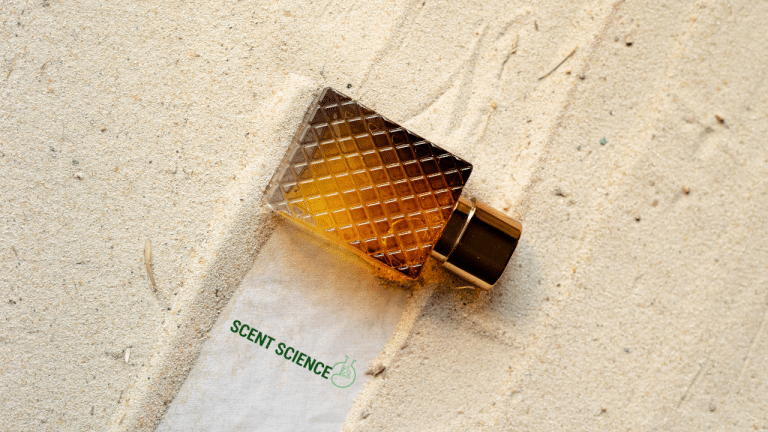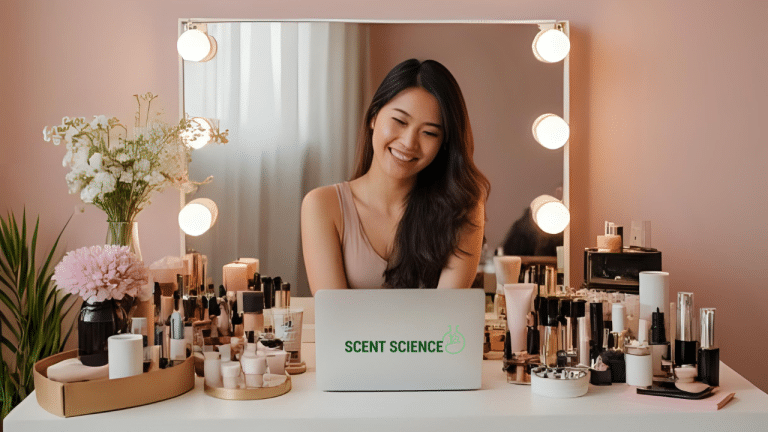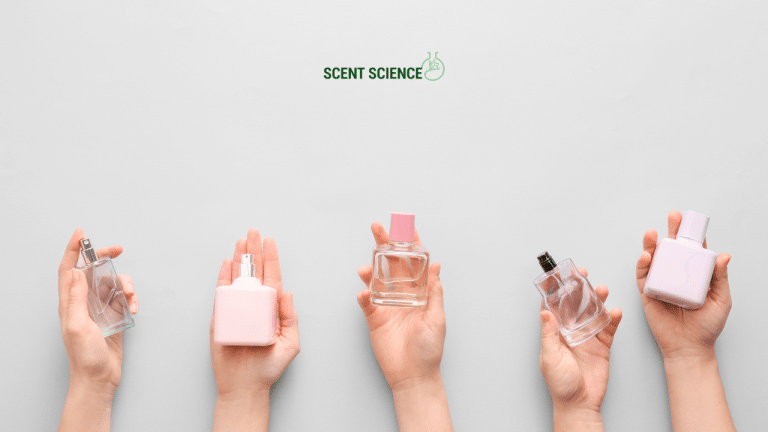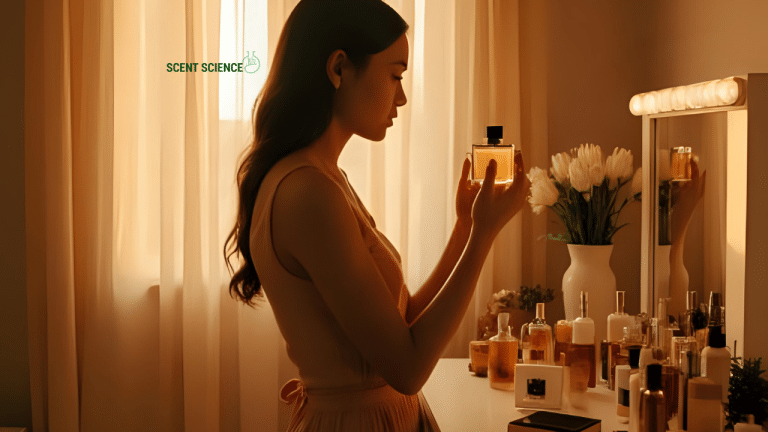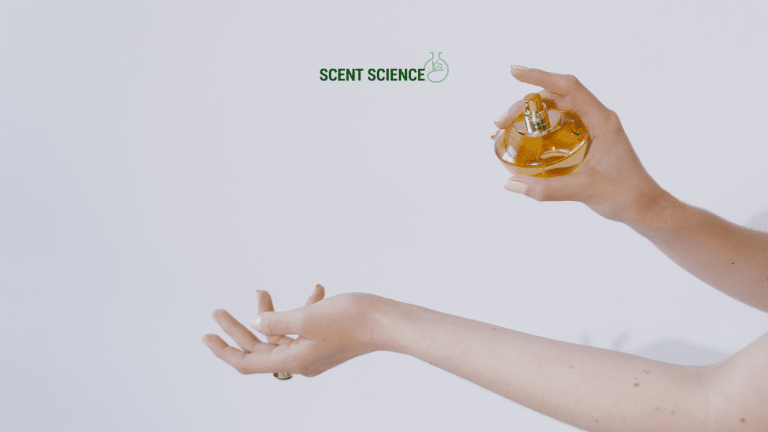Imagine you’re strolling through a lush garden, pausing now and then as gusts of fragrant aromas whisk past you. Or perhaps you find yourself lingering in the perfume aisle of your favorite department store, where so many enticing scents beg for your attention. But have you ever stopped and wondered—just what goes into these fragrances? What exactly are perfume materials, and how do they all come together in one harmonious blend? Let’s dive headfirst into the world of perfume materials and uncover the magic behind the bottles that captivate our senses.
Table of Contents
TogglePaintings with Aroma: The Art of Using Perfume Materials
Let’s start with the basics. The key to understanding perfume lies in the components themselves—the raw materials. Essentially, perfumes are concoctions created from a variety of raw materials, or fragrance ingredients. These can come from natural sources, like plants and animals, or be synthesized, thanks to the wonders of chemistry. With these ingredients, perfumers craft perfumes much like artists use colors in paintings. Each ingredient adds a layer, and together they create a masterpiece that dances across your skin.
Perfume Raw Materials: The Basics
To simplify, let’s break perfume materials into three primary groups: natural, synthetic, and a bit of an odd group, but essential nonetheless—additives.
Natural Perfume Materials
Natural materials are plant and, sometimes, animal-based. Plant materials are more common, this includes everything from flowers to fruits, spices, and herbs. We also have woods and seeds entering the mix. Imagine petals and bark in your bottle—it’s earthy yet refined. Essential oils are often extracted from these plants through various processes such as steam distillation, expression, and solvent extraction. These oils offer the richest and most potent fragrances.
Yet, even with all their beauty, natural materials aren’t flawless. Think about consistency—plants change with seasons, and so does their scent profile. You might have a batch of lavender that smells one way in summer, and entirely different come autumn.
Synthetic Perfume Materials
Ah, the marvels of modern chemistry! Synthetic materials are man-made and provide a steadier olfactory consistency than our natural mates. Think lab coats and beakers. They’re made to mimic natural smells and extend the perfumer’s palette to aromas that don’t exist in nature—a convincing cherry blossom perhaps, or the mythical scent of unicorn tears.

Synthetics come with an incredible advantage: sustainability and cost-effectiveness. True, it’s not plucking petals and capturing morning mist. But maintaining the delicate ecological balance ain’t shabby, right?
The Mystery Group: Additives
Additives might not seem glamorous, but they sure hold a perfume together. Like vitamins in multivitamins, they’re the less flashy component ensuring stability and longevity. Fixatives, for instance, slow the evaporation rate allowing the fragrance to linger. Their sidekick, solvents like alcohol, ensures even distribution of these aromatic molecules. Yes, without these humble partners, perfumes wouldn’t resonate quite the same.
How Do They Work Together?
Okay, so we’ve a bouquet of raw materials. How do these turn into perfumes? Perfumers use a concept called the ‘fragrance wheel.’ It’s the blueprint that reveals how these scent families—floral, oriental, fresh, and woody—dance with one another.
Perfumes are typically structured in a “top,” “heart,” and “base” notes hierarchy.
- Top notes are the first impression, the opening act. They’re usually fresh, crisp, volatile, making their grand entrance with citrus, herbal, or aquatic notes. Think zest of lemon or fresh mint.
- Heart notes create fullness and character. They’re the story progressing, usually composed of floral or fruity notes, grounding the scent without being overpowering.
- Base notes, the proverbial long goodbye; they linger and resonate. Woody, musky, or even gourmand notes (your cozy vanillas and ambers) make their impression felt here.
The Process: Crafting the Perfect Perfume
Perhaps you’re curious now—how does the magic happen? As with all great things, patience is key. Crafting a full-bodied fragrance is more an art steeped in science:
- Collecting Materials: The initial step involves sourcing raw materials. Think producers pestering lab researchers, finding the next jasmine.
- Extraction: Different methods such as steam distillation and expression get used, depending on the plant part—think differences between squeezing an orange peel or distilling petals.
- Blending Notes: This, friends, is where the mastery lies—a perfect medley. Perfumers blend fragrances akin to a chef balancing flavors or a DJ mixing beats.
- Maceration and Aging: Like a fine wine, perfumes need time to mingle. Maceration allows the scent to meld, and aging ensures compounds bond well, harmonizing the complexity of notes.
- 5. **Filtration and Bottling: Here, any impurities get gently whisked away, clearing the stage for the bottled climax that waits to woo you!
The Material Science Behind Perfumes

Here’s where dwellers in white lab coats might squeal. Material science supports understanding how molecules influence scents, exploring volatility, and interplay between ingredients. Scientists use it to develop efficient synthesis techniques, enhancing mimetic aromatic enhancers.
This isn’t just for shiny objects in glass—deeper knowledge can lead to better allergies assessments and new, safety-conscious compounds. Imagine new ‘peony’ or ‘sea breeze’ fragrances that pulse well beyond their essences!
Yet, balance remains in nature’s principles. Chemists wouldn’t want to obliterate the nuanced soul that naturals persistently preserve.
Sustainable Sourcing: A Modern Must
Even with all this brilliance, ethical considerations surround perfume materials. Being stewards of our planet implies balancing business aspirations with sustainability.
For natural ingredients, over-harvesting is an issue—delicate ecosystems can’t sustain sudden traditions for resources they pique interest in.
Companies now lean into certified natural materials, seek fair trade practices, and even develop greener synthetic options. Conscientious producers incorporate closed-loop systems and biodegradable options to keep urban and remote environments reconciled. After all, no sense in having a glorious garden of jasmine if there ain’t a hint left to bloom later, right?
Choosing Your Perfume: A Step-By-Step Guide

Now, let me guide you in choosing a perfume that will tell _your_ story:
- Identify Personal Preference: Is it sweet, spicy, or earthy? Your signature must echo who you are—or wish to be!
- Look at the Occasion: Challenge the traditional – lighten days with citrus, elegize nights with woody depth, defying season’s fixations.
- Test Patience with Patience: Immerse in the top notes, wait moments for the heart tones to rise, the trail to linger.
- Consider Composition Ingredients: Check labels for raw materials used—listen to your skin and values.
- 5. **Revisit (Testing can fatigue one’s senses like break dancing): Be tactical; finding spirits require multiple trysts, yielding eureka.
Common Missteps in Selecting and Using Perfume
Mistakes! Misconceptions dog every industry—stay sharp against these:
- Mistaking’s Overwhelming Power: Subtlety excels. Your feet needn’t example every step.
- Spritzing Mob Scene: Spraying in multitudes confounds layers; a scant dust caresses time best.
- Overlooking Storage Cues: Perfumes beg the shade—sun alters complexion undesirably.
- Testing Too soon: Buy without thorough wear often as lemons become firm handshakes.
Key Takeaways
- Perfume materials interlace mother nature’s tales and laboratory whispers: both uniquely needed.
- A skillful scent requires a balanced blend, sustaining parts patiently elevating within their own rhythm.
- Pursuing sustainable practices germinates future without forsaking present pleasantness.
- Choosing a perfume is more than allure or artistry—an unravel of your being, misted lightly.
Crafting or acquiring scents is more than the practicality—it’s navigating feelings. Learning about perfume raw materials doesn’t just inform but empowers. Find that essence you wish to leave behind—both in memory and imprint.⠀⠀
So next time you savor a fragrance—trust what your nose tells you, guide it as you blend these perfumes’ sacred secrets together because yes, my friends: your nose really does know best.
Frequently Asked Questions
What are the main types of perfume materials based on concentration?
Perfume materials are categorized based on their concentration of perfume oils. The main types include Parfum (or Perfume) with 15-30% concentration, Eau de Parfum (EDP) with 15-20%, Eau de Toilette (EDT) with 5-15%, and Eau de Cologne (EDC) with 2-5% concentration[1][4].
What are the common ingredients used in perfumes?
Common ingredients in perfumes include essential oils for natural scents, alcohol as a carrier and solvent, water, and synthetic aroma compounds. Fixatives are also used to stabilize and prolong the scent[1][5].
What is the role of essential oils in perfumes?
Essential oils provide the natural scents in perfumes. They are extracted from various plant parts such as flowers, leaves, bark, and are blended to create the fragrance’s unique aroma profile[1][4].
Why do perfume materials need to be diluted?
Perfume materials need to be diluted for several reasons: to fully release their scent, because some ingredients are too dense in their pure form, and to prevent skin irritation. Dilution is typically done using alcohol or water[5].
References
